Hi there, pet lovers! 🐜
Earwigs—often misunderstood and unfairly feared—are fascinating little creatures that thrive in gardens, under rocks, and even in damp corners of our homes. While they might not be the first insect that comes to mind when thinking of pets, their hardy nature, ease of care, and surprisingly charming behavior make them an intriguing choice for insect enthusiasts.
In this in-depth guide, we’ll explore everything you need to know about keeping earwigs as pets. From their unique anatomy and behavior to their simple care requirements, we’ll help you decide whether these tiny “pincher bugs” are the right pet for you.
Overview
Earwigs (Dermaptera) are small, nocturnal insects known for their distinctive cerci—the pincer-like appendages at the end of their abdomens. Despite their intimidating appearance, they are harmless to humans and can even be beneficial in controlling garden pests. Here’s a quick summary of what makes them unique:
- Handling and Temperament: Docile and easy to handle, though they may wiggle when picked up.
- Care and Maintenance: Extremely low-maintenance, requiring only basic housing and food.
- Health and Durability: Hardy but short-lived; ideal for short-term or observational pet keeping.
- Availability: Found worldwide, often for free in backyards or gardens.
- Cost: Nearly free to acquire and maintain.
Overall: A great choice for beginner insect keepers, educators, or anyone curious about observing small, active invertebrates.
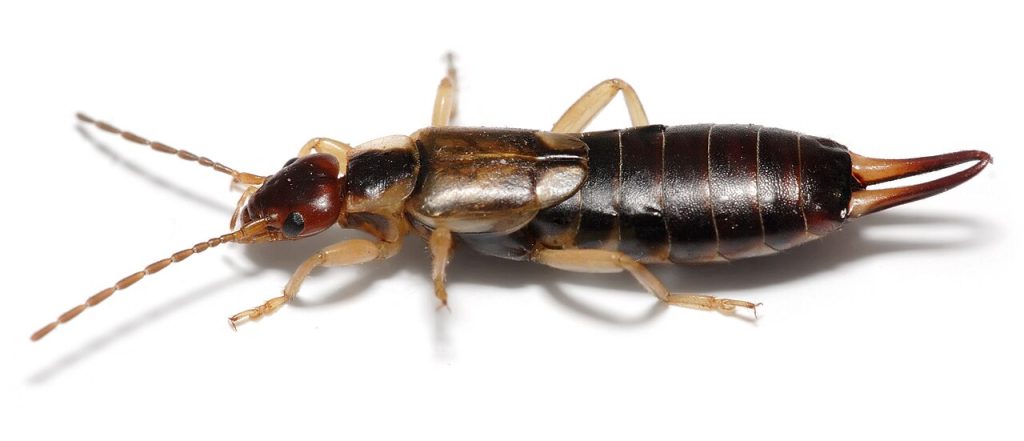
Why Choose an Earwig as a Pet?
Earwigs may not be cuddly, but they offer a unique and educational pet-keeping experience. Their simple care requirements make them perfect for:
- First-time insect owners looking for a low-commitment pet.
- Teachers or parents wanting to introduce children to entomology.
- Gardeners interested in observing beneficial insects up close.
- Anyone fascinated by small, active creatures with quirky behaviors.
Unlike many other insects, earwigs are active, curious, and surprisingly interactive when handled gently. Their communal nature (some species live in groups) and maternal care (females guard their eggs and young) make them particularly interesting to observe.
Handling and Temperament
Earwigs may look intimidating with their pincers (cerci), but they are not aggressive toward humans. Their primary use for these appendages is defense against predators and mating rituals—not pinching people.
Personality and Behavior
- Most earwigs are skittish at first but calm down when handled gently.
- They are nocturnal, so they’re most active at night.
- Some species exhibit social behaviors, living in small groups under bark or rocks.
Handling Tips
- Use a soft brush or your hands—they rarely bite, and their pinch is harmless.
- Avoid squeezing or restraining them, as they may drop limbs (a defense mechanism).
- Supervise children to ensure gentle handling.
Do Earwigs Really Crawl Into Ears?
Despite the myth, earwigs do not seek out human ears. The name “earwig” comes from an old superstition, not their behavior. They prefer dark, damp spaces—like under logs, not inside ears!
Care and Maintenance
One of the biggest advantages of keeping earwigs is their minimal care requirements. They thrive in simple setups and eat readily available foods.
Enclosure Setup
- Size: A small terrarium (5-10 gallons) or even a large jar with ventilation works.
- Substrate: Moist (not wet) coconut fiber, peat moss, or soil.
- Hiding spots: Bark, leaf litter, or cardboard tubes for shelter.
- Humidity: Mist lightly every few days to maintain moisture.
Feeding
Earwigs are omnivorous scavengers, eating:
- Fish food flakes (a staple diet).
- Vegetable scraps (carrots, lettuce, potato peels).
- Small insects (aphids, fruit flies—optional for protein).
Feed them small amounts every 2-3 days and remove uneaten food to prevent mold.
Temperature & Lighting
- Room temperature (65-75°F) is ideal—no heating needed.
- No special lighting required, but indirect natural light is beneficial.
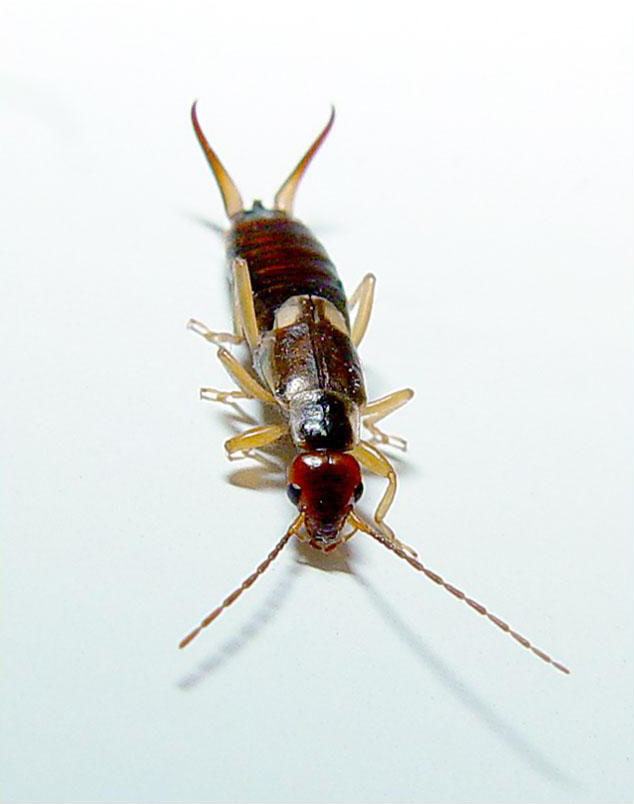
Health and Durability
Earwigs are resilient but short-lived, with most individuals living about a year. However, their ease of breeding means a small colony can be sustained long-term.
Common Health Concerns
- Dehydration (keep substrate slightly damp).
- Mold growth (remove uneaten food promptly).
- Cannibalism (provide enough space and food if keeping multiple earwigs).
Breeding Earwigs
- Females lay eggs in burrows and guard them until they hatch—a rare trait in insects!
- Nymphs resemble adults and stay near their mother for protection.
- Males may fight, so keeping a female-only group is recommended for beginners.
Availability and Cost
Earwigs are one of the easiest and cheapest pets to acquire.
Where to Find Earwigs
- Your backyard (under rocks, logs, or mulch).
- Online insect suppliers (though rarely sold as pets).
- Gardening stores (sometimes considered pests and removed).
Setup Costs
- Enclosure: $0 to $20 (repurposed containers work).
- Substrate & Decor: $5 to $10 (soil, bark, leaves).
- Food: $2 (fish food flakes last months).
Total cost can be under $10 if using recycled materials.
Pros and Cons
Pros
✔ Extremely low-maintenance—ideal for beginners.
✔ Safe to handle (no biting, mild pinching).
✔ Educational—great for observing insect behavior.
✔ Nearly free to keep.
✔ Can be bred easily for long-term colonies.
Cons
✖ Short lifespan (about a year per individual).
✖ Not affectionate (purely observational pets).
✖ May escape if enclosure isn’t secure.
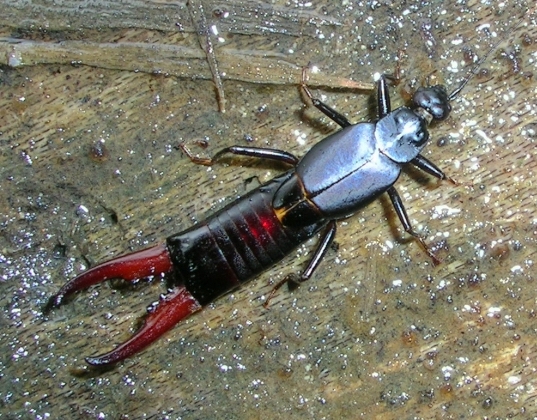
Final Thoughts
Earwigs are underrated, fascinating, and incredibly easy pets to care for. While they may not be as interactive as a mammal or lizard, their simple needs, unique behaviors, and near-zero cost make them a fantastic choice for:
If you’re looking for a low-commitment, educational, and unusual pet, earwigs might just be the perfect fit.
Have you ever kept earwigs? Share your experiences in the comments! And for more unique pet guides, stay tuned to our blog. 🐜

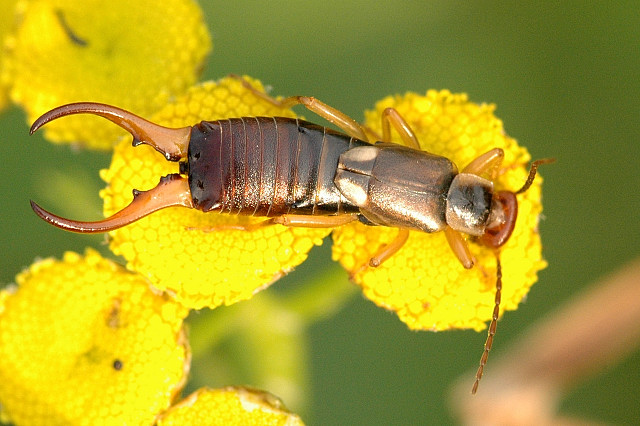

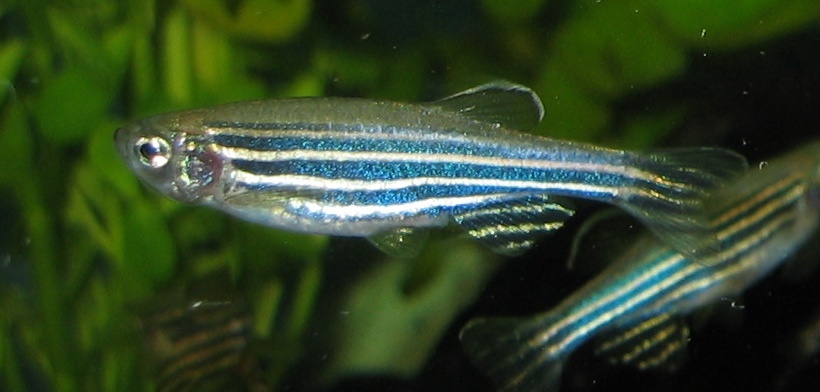
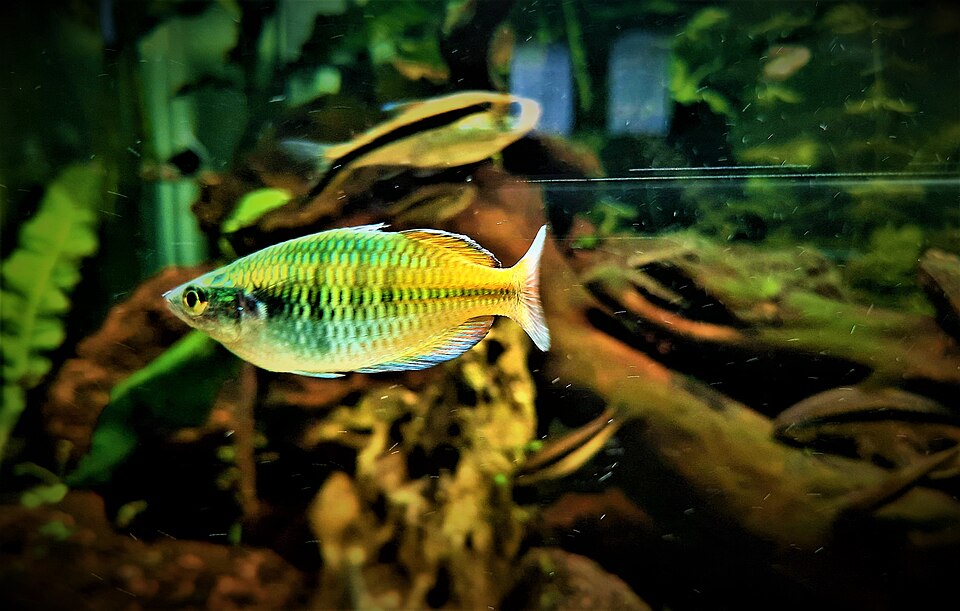
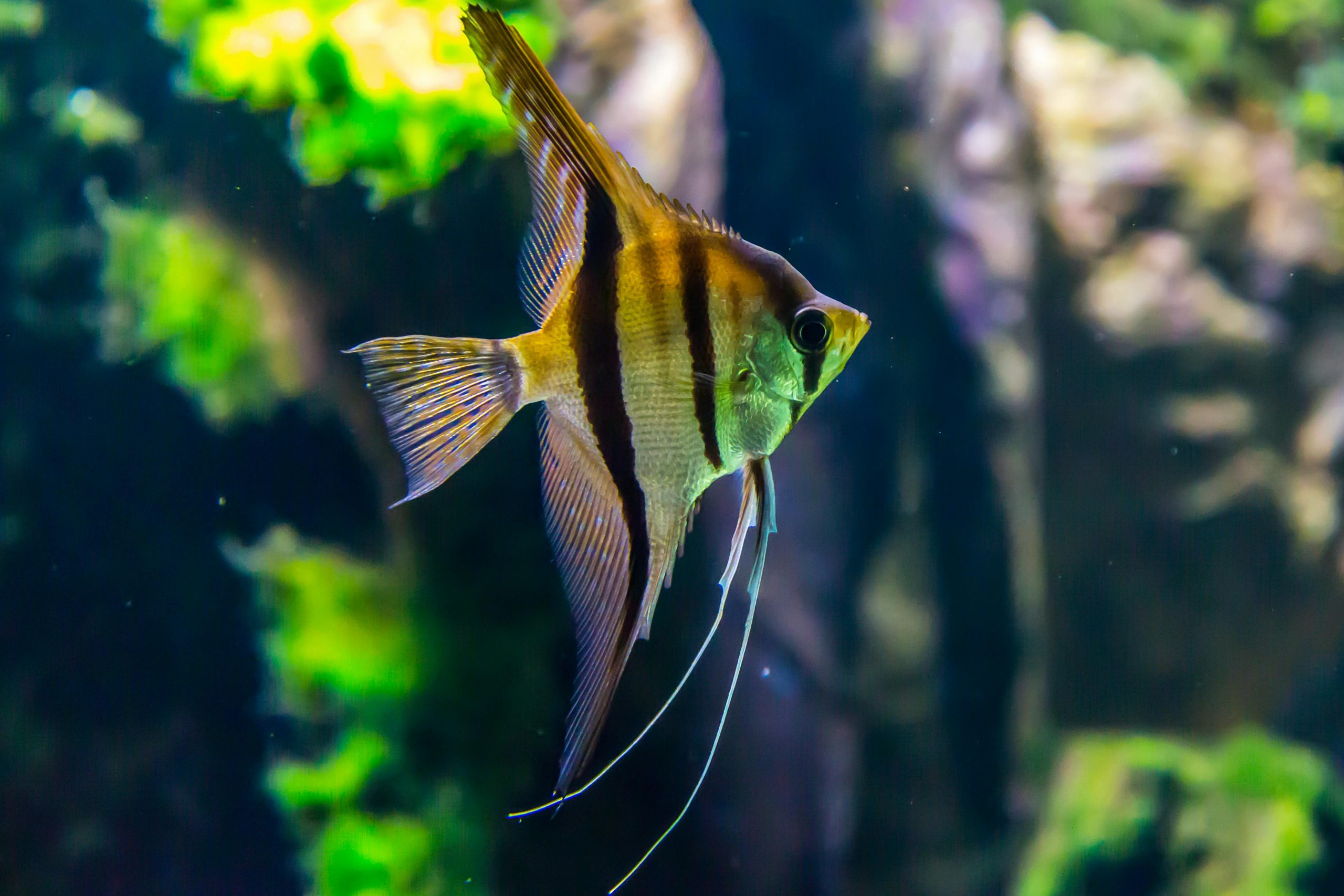
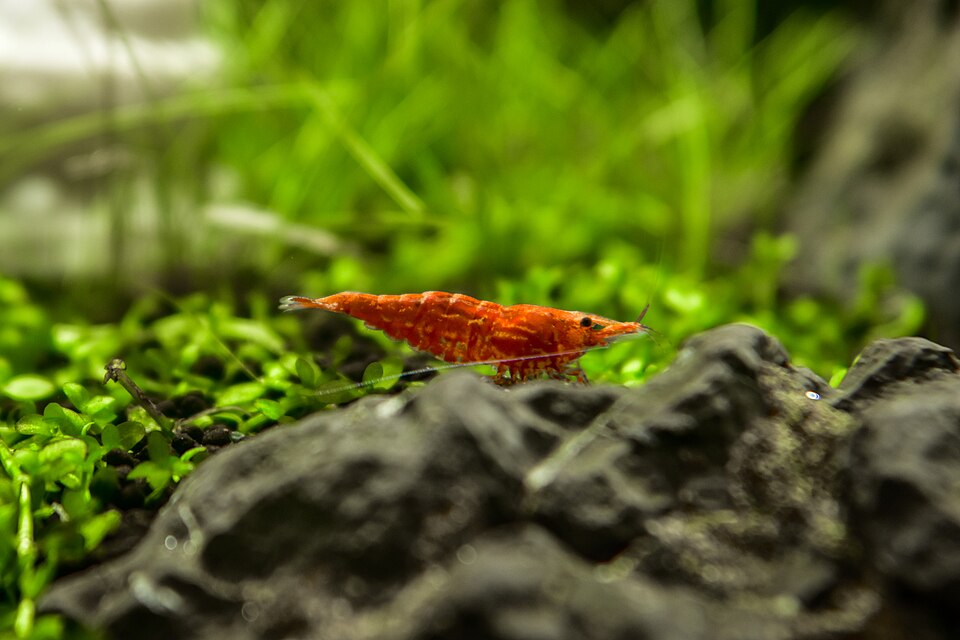

Leave a Reply